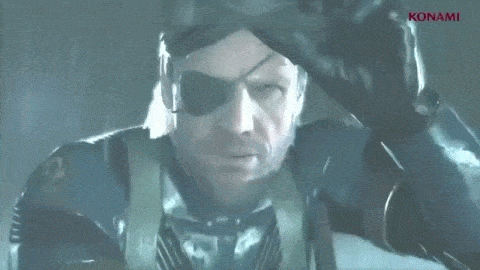This has gotten hostile, and it's partially my fault, I apologize for how hard I came down last night.
I agree with you that the visuals take a downgrade for those ports - but those aren't Nintendo games. If the question is "why is Nintendo holding on to Switch 1 for so long?" I don't think the answer is "3rd party ports don't look great." I feel like we've sorta lost the thread at that point.
Yes, Nintendo's visuals are, from the perspective of resolution, frame rate, and polygon count, behind the current gen and last gen. But that's just a function of the hardware's performance. The things that make games look bad when blown up to 4k and on a giant screen are, for the most part, texture resolution and lighting engines. The extra detail tends to show where all the seams are.
Nintendo's rendering technology is modern. I wouldn't call it cutting edge - but it's certainly more advanced than last gen. That's partially because, while the hardware is much less powerful, it is much more modern. And Nintendo was doing PS4 era rendering work in the Wii U era - after all
Breath of the Wild was only "cross gen" because the Wii U got cut off early.
Nintendo, software wise, is more prepared to go into the next gen than Sony and Microsoft were. Their tech is as advanced as theirs was at the time of the transition, but by transitioning a little later, Nintendo can rely on mature third party tools, and staff from a pool of artists and developers who have already spent 4-5 years in the "next gen" environment.
You should get the W for correctly predicting that the Switch 2 wasn't coming "yet." I just think that your rationale here conflates "powerful hardware" with "advanced software"
I tried to be "fair" by comparing games of comparable scope and setting. The style difference between Prime and Quake 4 is huge, but "space + FPS" was what I was going for. Or open world fantasy.
But you could point out that Raven Software is hardly Retro Studios, and that
Quake 4 is an early game for the 360 while
Prime Remastered is a late game for the Switch. So here is a comparison more favorable to last gen.
Here is
Arkham City on the 360. Now this is an objectively attractive game. The art direction is excellent, and Rocksteady knows what the hell they are doing. And if you look at the Switch versions of these games, they're not much different. But let's compare the technology a little bit.
Arkham City is a UE3 title, before the UE4 PBR updates. PBR=Physically Based Rendering, which is really a family of techniques developed by Disney-Pixar and now pretty standard. The stuff to look for is how
shiny things are in Batman. Lighting bounces off objects harshly because they don't have subsurface scattering (the thing where materials like skin are partially translucent, partially opaque). This is Rocksteady absolutely
nailing the visual design to match the tech. This gritty, rainy, dark city makes the weakness of the rendering technique look like design choices, but it's clearly a technological limitation first, not an artistic choice.
Now compare that to
Prime Remastered. There are less opportunities to see it at work, but check out Samus's suit. The way the shine on the metal is slightly matte, instead of really glossy? With UE3 rendering, objects can cast light, but all that the rendering engine can do is increase brightness where the light hits an object, or decrease it when it's in shadow. The
Prime engine here can detect that there is a textured material that
scatters light, and correctly handles the reflection.
Rocksteady has neon lights everywhere in Arkham City, but notice that they're surrounded by a sort of foggy halo of colored light? The effect is great, but these objects aren't actually lighting themselves up, they're not casting colored light elsewhere. They're not
emissive. But right at the top of
Prime Remastered, Samus lands on the freighter and there is that first tutorial where you have to hit all the red lights to open the door. Each light is... a light! It's lighting itself up, it's lighting the objects around it the correct color, and when Samus changes them to green, they change the lighting on the objects around them.
I'm not a rendering expert, so I am sure that there is more stuff here that I'm missing. Like, I'm not 100 on what's going on with the self shadowing technique on Arkham, but it looks like they're supplementing with textures that are heavily shadowed, instead of doing self shadowing on objects like faces. But I could be wrong.
Regardless, Batman is pushing UE3 tech to it's limits, and the game is beautifully designed. Metroid is an update to a much older game, and has to pull some effects back because of the notorious bandwidth limit on the Switch hardware. But from a
technique perspective,
Prime Remastered is a generation ahead, more like a late era UE4 game.











